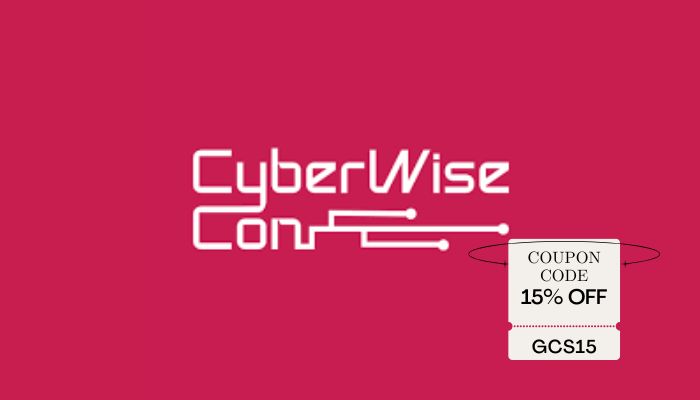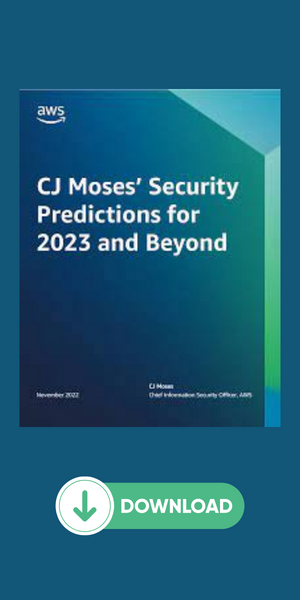What are the Top Types of Authentification Methods?
March 24, 2023, 6 min read
The need for robust user authentication methods in both digital and analog settings is rising. User authentication can be used for everything from access control to e-commerce and other forms of business growth.
The need for passwords is diminishing, and businesses should realize that. Authentication is used for many different purposes and many different kinds of authentication systems.
How Does Authentication Work?
One definition of authentication is “verifying the identity of a user requesting access to a resource” (such as a computer, network, or other devices). Credentials, such as a username and password, are frequently used in access control. Besides passwords, other methods of confirming a user’s identity include biometrics and authentication apps.
The Importance of User Authentication and Why You Need It
The purpose of user authentication is to prevent unauthorized individuals from gaining access to protected data. Therefore, User A can only see what’s necessary, while User B’s private data remains hidden.
When user authentication is unsafe, cybercriminals can break into a system and steal data. As evidence, consider the recent data breaches experienced by Adobe, Equifax, and Yahoo. These incidents illustrate what may happen when corporations neglect to safeguard user authentication adequately.
From 2012 to 2016, hackers were able to break into Yahoo user accounts and steal information such as contact details, calendar events, and private communications. More than 147 million customers had their credit card information compromised due to the 2017 Equifax data leak. Without a foolproof method of identification, any business is vulnerable to attack.
The Common Methods of Authentication Methods
Hackers constantly refine their methods of attack. Thus, there are several authentication-related issues that security teams must overcome. That’s why authentication is becoming a standard feature of crisis response plans at many organizations. Several popular authentication strategies for protecting today’s systems are discussed below.
One-Password-Based Authentication Methods
The majority of authentication procedures rely on a password. A password could be a series of letters, digits, or symbols. Strong passwords, including a combination of all possible alternatives, are the only way to ensure your security.
Unfortunately, phishing assaults and poor password hygiene reduce the strength of passwords. The typical Internet user has 25 separate accounts, yet only 54% utilize unique passwords.
You, indeed, need to remember a lot of passwords. For this reason, a lot of people prioritize comfort over safety. Because they are easier to remember, basic passwords are used by most individuals instead of more secure ones.
In short, passwords have several flaws and are insufficient to secure online data. By trying every possible combination of user credentials, hackers can guess the correct one.
MFA
There are other authentication methods, but Multi-Factor Authentication (MFA) is the most secure because it uses multiple disparate factors to verify a user’s identity. Mobile phone-generated codes, Captchas, fingerprints, voice biometrics, and facial recognition are all biometric authentication methods.
Adopting multi-factor authentication methods and technology inspires greater user trust by incorporating several levels of protection. Multi-factor authentication (MFA) can help prevent account hacks in most cases, however, it isn’t without its flaws. Authentication codes can’t be generated if people lose their phones or SIM cards.
Authentification with Digital Certificates
Certificate-based authentication systems use digital certificates to establish the identity of individuals, computers, or other network nodes. You might think of a digital certificate as an electronic version of a government-issued ID like a passport or driver’s license.
A user’s public key and certifying authority’s digital signature are included in the certificate. Only an official licensing authority can issue digital certificates, which are used to verify the ownership of a public key.
At the time of server login, users are required to supply their digital certificates. The server ensures that the digital signature and the certificate authority are legitimate. Using cryptography, the server then checks the user’s private key against the certificate’s public key.
Authentication via Biometric Methods
Biometric authentication is a form of security that uses a person’s distinctive biological traits. A few significant benefits of biometric authentication methods are as follows:
In a database, permitted attributes can be quickly compared to biological characteristics.
Biometric authentication systems allow for regulated physical access when mounted on doors and gates.
Integration of biometrics into existing MFA systems is possible.
Airports, military bases, and national borders are just a few places where customers, governments, and commercial organizations use biometric authentication technologies. The ability to establish a high level of security without introducing friction for the user drives the widespread adoption of this technology.
Techniques commonly used for biometric authentication methods:
Face recognition technology turns images into meaningful data. With advanced algorithms, our system can accurately identify and authenticate faces in the blink of an eye. Get started today and enjoy seamless identities for your business.Facial recognition compares an individual’s unique facial traits with a database of authorized users. Facial recognition isn’t always reliable, especially when comparing two persons with many physical characteristics (such as close relatives) or when looking at two pictures of the same face. Spoofing can be avoided with facial liveness technology like ID R&D’s passive facial liveness.
Fingerprint scanners can compare an individual’s fingerprints to a database of known patterns. Some fingerprint scanners can now evaluate the vascular practices in a person’s fingertips. Despite frequent mistakes, fingerprint scanners are ordinary users’ most common biometric technology. A large part of this success is due to iPhones.
Voice biometrics, or Speaker Recognition, studies how a person’s voice takes on distinctive patterns when they talk. Like a password, a voice-protected device typically uses predetermined phrases to verify the user’s identity.
Technologies like iris identification and retina scanners fall under the “eye scanners.” Iris scanners aim for a solid light for the eye and analyze the reflected light for distinctive patterns. After identifying marks, the data is checked against pre-verified sources. If users wear corrective eyeglasses, their authentication results could be inaccurate if they rely on their eyes alone.
With token-based authentication solutions, users only have to submit their credentials once and are instead given a one-time use, a cryptographically secure string of random characters. Rather than repeatedly typing your credentials, you can utilize the token to obtain access to restricted areas. The digital receipt demonstrates that you are already authorized to access the resource. One common scenario for token-based authentication is using a RESTful API by multiple client frameworks.
QR Code
Quick Response Codes (QR Codes) are commonly used for user authentication and transaction confirmation. It is common practice for users to open a payment order in their internet banking web app and verify the transaction. With the on-screen QR code provided by the user’s online banking app, they can complete the transaction. A QR code scan through the authenticator app on a mobile device is required for payment processing (it can be a part of their mobile banking application). The user is shown the financial transaction details and confirms the online payment after verifying the accuracy of the displayed information.
Push Notification
To alert the user of an authentication attempt, a push-based system will notify the app on the user’s device. The user can review the authentication attempt’s data and decide whether or not to verify the request based on their knowledge of the situation, such as the status of a pending transaction.
Conclusion
The term “authentication” refers to the steps used to verify the identity of the person seeking access to a network or resource. While a username and password were sufficient in the past, today’s strict security measures necessitate considerably more robust authentication methods.
Businesses can meet their varying security needs by picking and combining authentication methods. A positive user experience is crucial to the success of any online payment system. As a result, the chosen verification method must be simple and reliable. High desertion rates can occur if the authentication procedure is not simple and quick to complete. Yet, the risk of fraudulent activity using payment cards and the associated chargeback charges increases if the authentication does not provide enough security safeguards.
Authentication methods are constantly evolving. Companies need to stop focusing on passwords and start thinking of authentication as a way to serve their customers better. Passwords of whatever length and complexity are becoming obsolete thanks to authentication methods such as biometrics. Passwords will no longer be a weak point that attackers may exploit, and a data breach will be avoided, thanks to improved authentication techniques and technology.




























